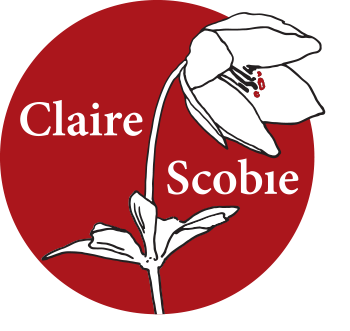30 Dec Last seen … knowing your audience
 It’s a funny thing but when we talk to people we always adapt what we’re saying to suit the person and topic. Yet often, when we write, we don’t adjust to the same degree. This is especially true when we’re emailing. Haven’t we all sent off quick emails (or tweets) and afterwards cringed when we re-read them?
It’s a funny thing but when we talk to people we always adapt what we’re saying to suit the person and topic. Yet often, when we write, we don’t adjust to the same degree. This is especially true when we’re emailing. Haven’t we all sent off quick emails (or tweets) and afterwards cringed when we re-read them?
Before you sit down and write it’s essential to think about your audience. I should clarify here. If you’re doodling in your travel journal, which has ‘private’ stamped all over it, then chances are you’re doing it for yourself and it doesn’t matter what or how you say it.
But as soon as you’re writing publicly or professionally, or for an audience of one, it affects how you write and the choice of words you use.
Last week I attended a workshop run by Suzanne Eggins, a linguistics expert in both academic and government fields. She made a useful point on how to adapt your writing to suit your audience.
To paraphrase, if you’re writing a report which will be read by experts in the same field, you can assume the reader is similar to you, that’s ‘like writing for like’. You probably won’t need to explain every term as the reader will understand the technical aspects and the nitty-gritty.
Ideally how you frame your argument and your material will match the audience’s expectations. If you’re writing a travel story, your readership is more general. That’s why I always encourage newbie writers to study the magazine or newspaper they want to write for.
Get to know the readership, work out their travel aspirations, see what trends editors love or loathe. The better you know the audience, the more likely your pitch will hit bull’s eye—and your story will make the cut.
With a blog, it’s harder to know who’s going to read it. The more focused it is, the easier to write—and the more likely you’re going to get a following.
A friend recently asked advice on how to write about deep ecology issues. She wants to reach out to a wider audience and not just write for the converted. I suggested she do interviews with experts in the field who can give bite-sized chunks of advice on how to live a more sustainable life—simple changes that busy people can make to their daily routines.
Rather than adopt a lofty tone, she’s going to write it as if she’s chatting with a friend over a cup of chai in a Glebe café.
Yes, you guessed it, once you’re clear on your audience, you often find clarity with your voice. But more on voice—that illusive term that writers always talk about in hushed tones—next week.
Over to you. How do you write for your audience?
